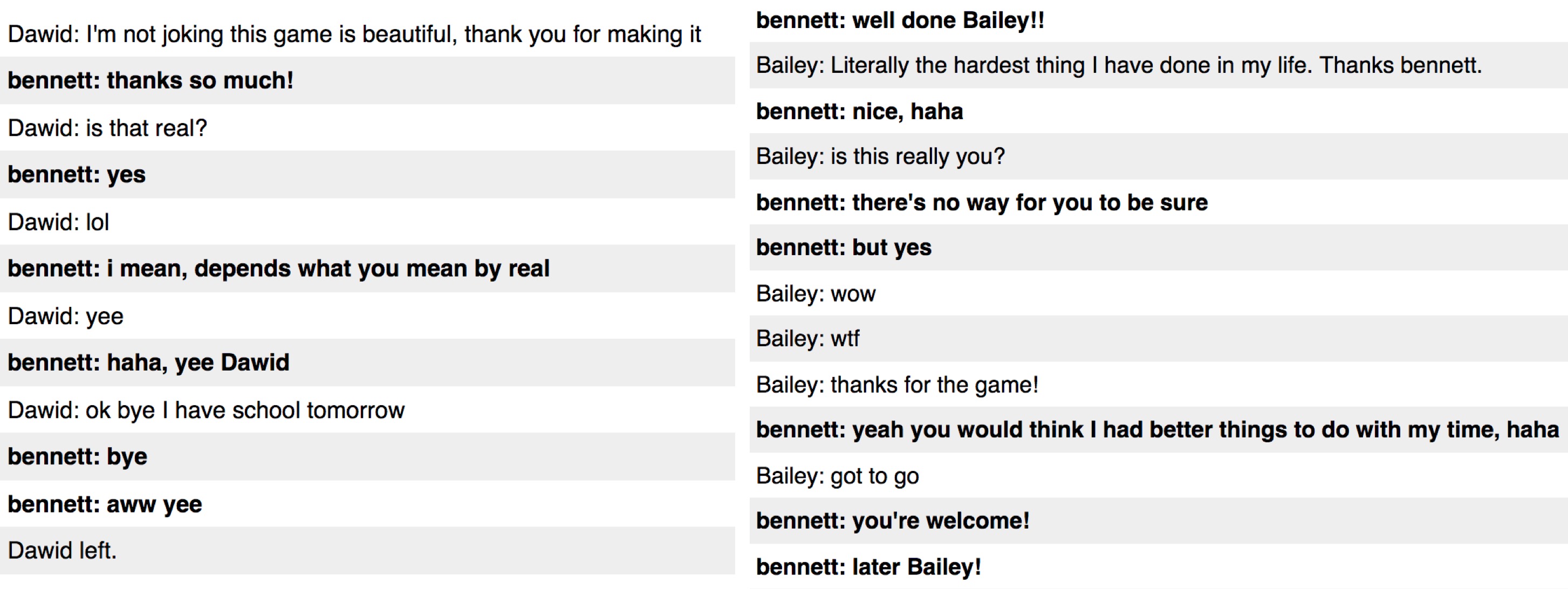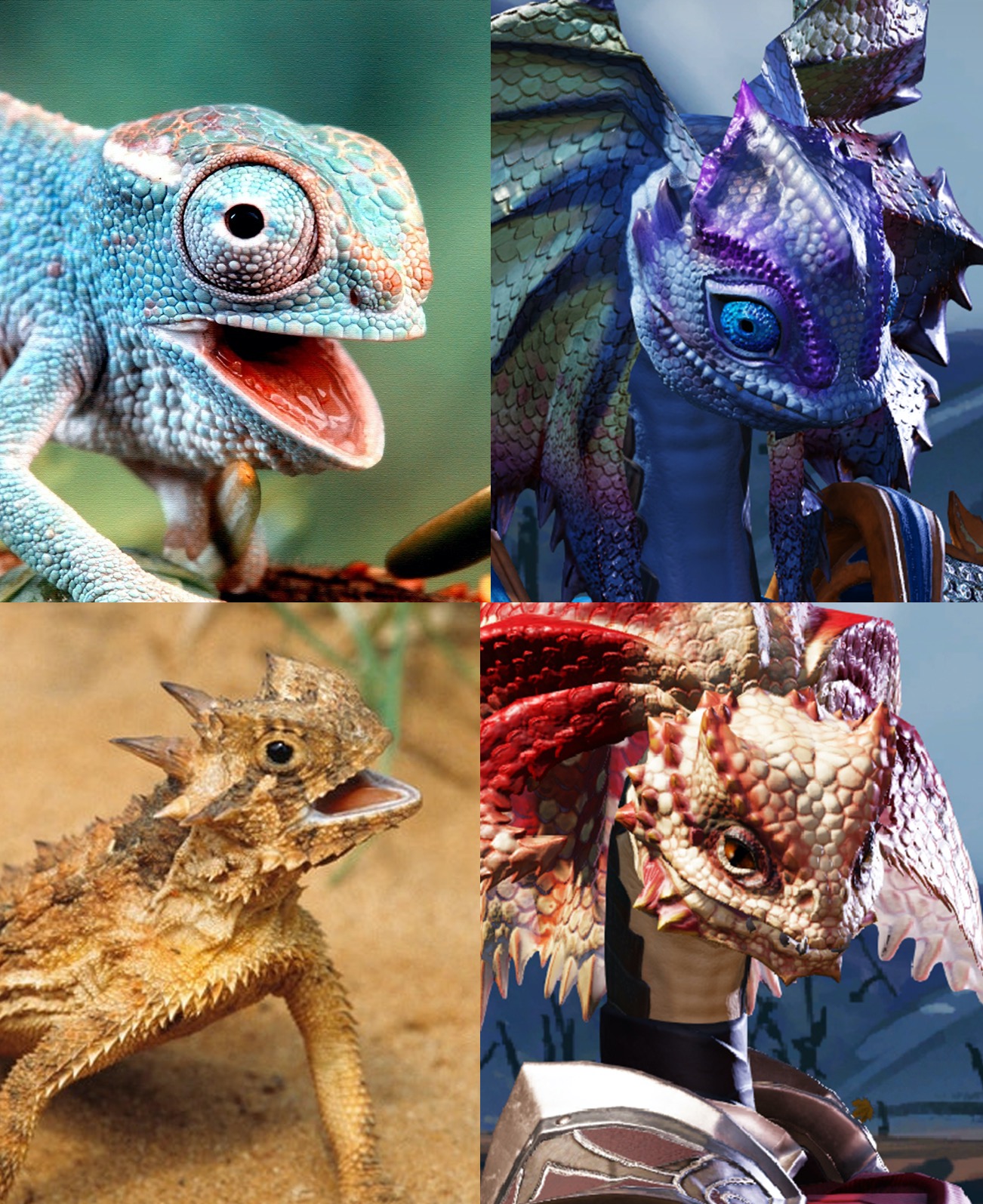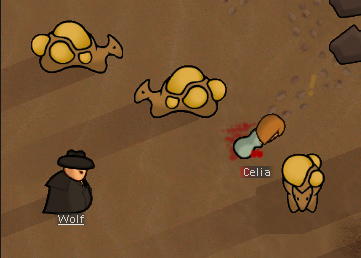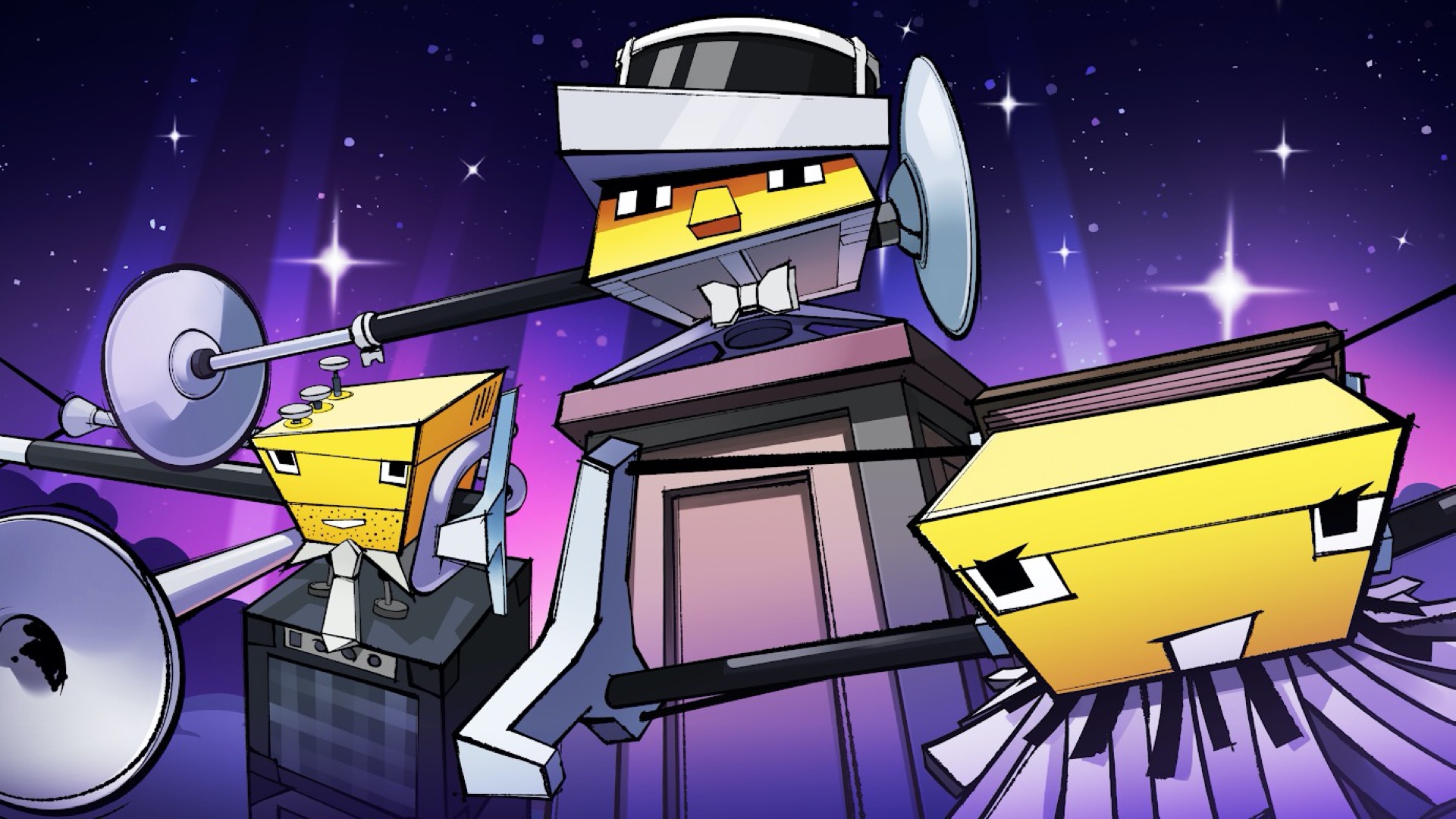So I’ve been asking a bunch of developers to pick out something they’ve created that brings them pleasure to look back on. And here they are, including Harvey Smith remembering his input on Deus Ex and Dishonored, Derek Yu on one of his first-ever games. There’s pride in doing something for someone else’s game, in the power of details and in little inventions, and ah gosh, shut up, let’s just tuck into a big slice of escapist positivity.
Sanna Berg – Totally Accurate Battle Simulator’s pirate queen
In TABS, there is only war. But that doesn’t mean it can’t be fabulous, as 3D artist Sanna Berg proves.
Petri Purho – The Amazing Flying Brothers
One of the makers of Rogue-like physics sandbox Noita, Purho is the creator of many clever experimental games. Here he remembers one he made in under a week, way back in 2007.
Emily Short – Fallen London’s weaponised teeth
There are few writers and theorists of interactive fiction as wise as Emily Short, but she’s definitely not above using her skills to conjure moments of delicious, absolute weirdness in Fallen London.
Arvi Teikari – Beyond The Black Hole’s art style
Baba Is You’s creator is known for stunningly intricate and imaginative puzzle game design. But he enjoys remembering the details of something he never released.
Subset Games – Into the Breach’s visual effects
For programmer Matthew Davis and artist Justin Ma, Into the Breach is the sum of multitudes of details they’ve threaded together. These are two of their favourites.
Robert Yang – Getting Over It’s ending
Matthew Davis “I always loved the game’s aesthetic of mini-dioramas that Justin created, but didn’t often influence it directly since I’m not an artist. The weather effects were a small piece of visual polish that I designed and implemented in code one afternoon and was always very happy with pay-off, especially considering how simple they are.” Justin Ma “I don’t love to animate, so I generally try to tweak our game’s design to require as few animations as possible – units don’t face directions, they only have idle animations, ecetera. I’m not sure why but I put a ton of time into the mountain-exploding art. It turned out way better than I expected and am always pleased when I see it. ” An educator and academic as well as a game dev, Robert Yang isn’t proud here of something he directly made. But, as he says, game dev is inherently collaborative, and making things is sometimes about helping others to do so. (Spoiler warning!)
Bennett Foddy – VVVVVV’s room names
Just to follow Robert Yang’s avoidance of pride in his own games, Bennett Foddy, maker of QWOP and Getting Over It, remembers his input in someone else’s game. (Them tricksy NYU bluestockings, eh readers?)
Alena Dubrovina – Divinity: Original Sin 2’s lizard ladies
First time I played Divinity: Original Sin 2, I had to be The Red Prince, because look at him. But even he pales before lead character artist Alena Dubrovina’s lizards.
Tynan Sylvester – Rimworld’s Man in Black
After Rimworld-creator Tynan sent me this, I showed it to my son, who’d just been playing. He told me that only five minutes before, three lynxes killed all his colonists and the Man in Black had appeared. “He missed three shots and was mauled to death,” he said. “Hahaha, I should probably have mentioned how useless he usually is,” Tynan replied.
Derek Yu – Trigger Happy
You’ll know Derek as the originator of the – I think it’s safe to say by now – legendary Spelunky, but for him it’s important to remember the journey he made to even start making it.
Anastasia Wyatt – Heaven’s Vault’s seven gods
Despite being a game about words, Heaven’s Vault puts a whole lot of attention to its visual design. Here, Anastasia Wyatt, 2D artist at developer Inkle, reflects on how she realised a facet of its literary lore.
Kitty Calis – Minit’s mosquito
I love games which feel huge despite being tiny (yes, I’m playing Animal Crossing), and Minit is a perfect example. I think Kitty really nails something when she notes how its expansiveness exists in its sense of how intimate and personal it all feels.
Gwen Frey – Kine
The indie revolution has long been underway, but I still find indie development stories as powerful as ever. Frey was an artist and animator on BioShock Infinite and The Flame In The Flood, and released her own music puzzler, Kine, last year.
Brendon Chung – Skin Deep’s bathroom paraphernalia
There is no one who appreciates the flush of a videogame toilet like Brendon Chung. So it’s natural that his games, from Quadrilateral Cowboy to Thirty Flights of Loving, are full of lovingly mundane stuff to do.
Olivia Wood – Sunless Skies’ Fortunate Navigator
Olivia Wood’s experience as a tabletop RPG player and GM shines in her multilayered characters for Sunless Skies, but her favourite is one in whom positivity flares. Maybe that’s not so surprising.
Harvey Smith – Deus Ex’s Liberty Island and avoiding lethality in Dishonored
OK, I’ll allow Harvey to relate two things he’s proud of. And he’d like to note that, all his personal feelings here are very much in the context of working in a huge team of other people, who contributed lots more besides. That opening mission was flawed technically, running slowly, but was semi-open world in a delicious way. For me, supporting lots of player direction and exploration, hiding little things (like the sunken flat-barge off the back dock), trying to provide little affirming responses to many different player actions, and using my real-life USAF SATCOM compound for the comm station behind UNATCO… All of those memories evoke a very happy feeling, mostly because of the way players have responded over the years. (Decades!) All of us on the team, from Warren on down, are so thankful for that response. At Arkane, I still work with some of those guys, Ricardo Bare and Steve Powers. Others are never far away, in spirit or at other studios. Friends for life is a pretty rewarding perk. Liberty Island also held – by design – the core of the Deus Ex atomic level design paradigm. Rather than separate paths for the main play styles, opportunities to exploit those play styles were positioned together, or adjacent to one another. Players could sneak, fight, negotiate, use explosives, lockpick, tech-hack, etcetera, all in the same space, making resource trade off decisions about which was optional, or even just basing the decisions on their own expression. Similarly, I always have an inward stunned smile (if that’s a thing) when I think about a particular rapid fire moment in the development of Dishonored. One day, during one of our design overview discussions, Raphael Colantonio and I started talking about whether the game could be played without killing anyone. We knew that was mostly possible by using stealth to avoid guards or other common enemies, but we’d never considered it for the main assassination targets. In discussion, we talked about the idea of alternate forms of elimination; still often terrible, but not death. On a lark, we jotted down those character names and tried to put alongside each an alternate resolution. I wish I still had that yellow sticky note, but I’m a minimalist, not a hoarder, and tend to trash things. Two hours later, we presented the concept for the mechanic, and the list itself, to the team in email. They all then immediately began replacing half of the alt resolutions with very much improved ideas. In the end, it’s a signature element of the series, supported through Dishonored 1, the DLC, Dishonored 2, and Death Of The Outsider. Both of the games above involve the exploitation or mishandling of pandemics by the elite and powerful, which is a little too close to home given that we are in lockdown still to minimize the spread of Coronavirus, in a sea of misinformation and social media conspiracy theory, against a backdrop where market forces have failed to provide enough (less profitable) rainy day medical supplies, training, hospital beds, or staff. Here’s wishing everyone health, and a quick recovery for the world; I hope we take the lessons we’ve learned about community and health, and apply them going forward.









